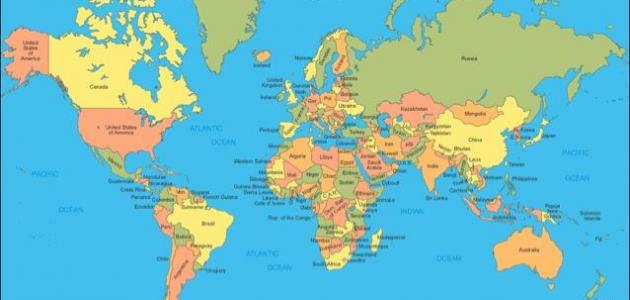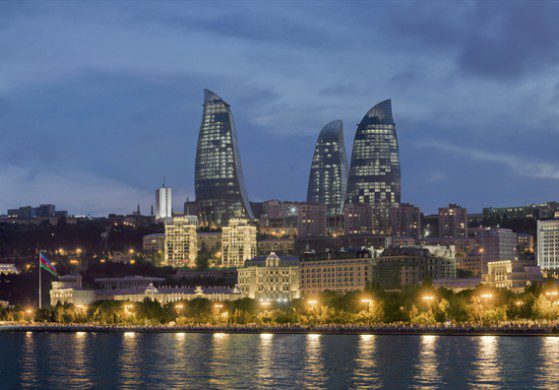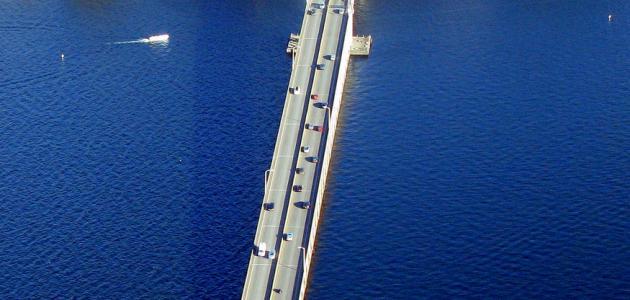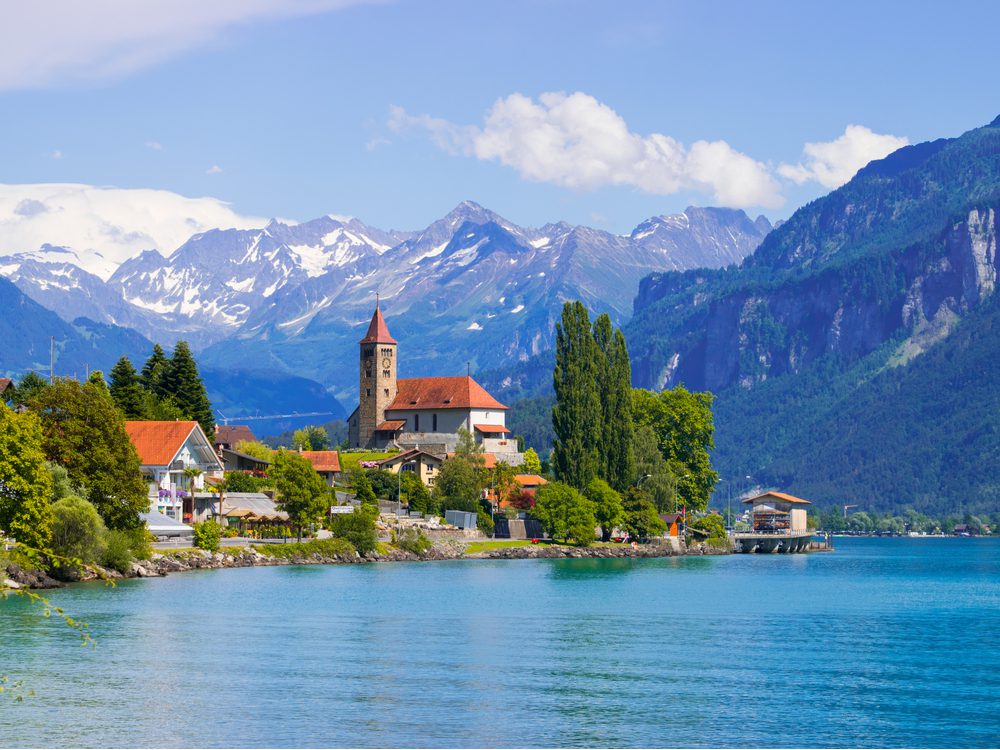Table of Contents
The geographical location of the city of Qom
Qom is located in Iran, with a distance of 935 meters above the sea level, and is located between 34.64 degrees latitude and 50.88 degrees longitude, with a population of 900,000 people. Qom is considered the capital of Qom Province, which is located in northern and central Iran, Qom is located on the banks of the Al-Rawda River, next to the Salt Desert (Dasht Kafur), which is 147 km south of Tehran.
The development of the city of Qom
The city of Qom evolved into a vital industrial center, due to its proximity to Tehran, which is considered a regional center for the distribution of oil, oil products, and natural gas pipelines from Bandar Anzali and Tehran, and the crude oil pipeline from Tehran via Qom to the Abadan Ali refinery The Arabian Gulf, and in 1956 AD, the development of Qom increased as a result of the discovery of oil fields in the Sarājeh region near the city. A large oil refinery was also built between the cities of Qom and Tehran, and the rural population migrated to the growing town, and this led to an acceleration of its economic growth, as a result of new investments in the industry Fabric, and an arm S petrochemicals, cement manufacturing, and brick making, and in the seventies was completed construction of several dams on the upper reaches of the Red area of Qom.
Tourist places in the city of Qom
Qom is considered the second holiest city in Iran (after Mashhad), and it is also considered a center for student and religious studies, and it is characterized by its holy tourist sites, as follows:
- Fatima Masumah Mausoleum: It is one of the most exciting Iranian mosques, and it is named after the sister of Imam Al-Rida. The mausoleum contains geometric figures and floral motifs. This mausoleum is distinguished by the amazing feminine touch and the beauty of its tiles. The interior of this spacious mausoleum is decorated in a correct way, and contains a number of Burial sites, where a number of kings, political figures, clergy, and scholars are buried there.
- Qom Bazaar: The bazaars are considered the beating heart of Iranian cities, and the bazaars are divided into two parts: one that dates back to the Safavid era, such as the handicraft gallery, and the other new section, such as Temsheh, which contains carpet stores, which is the most amazing thing in the bazaar, where there is Three huge domes, and a light perforation for light entry and ventilation.
- Al Astana Square: It is a square paved with tiles, and this square overlooks the Fatima Shrine.
- Green Dome Garden.
- Yazdbanana Historic House: This house dates back to the end of the Qajar and the early Pahlavi era, and the age of this palace reaches 120 years, and the building is distinguished by its pillars, windows and elaborate towers.
- Jamkaran Mosque.
- Lake Namak, located to the east of Qom, 100 km from the city.








